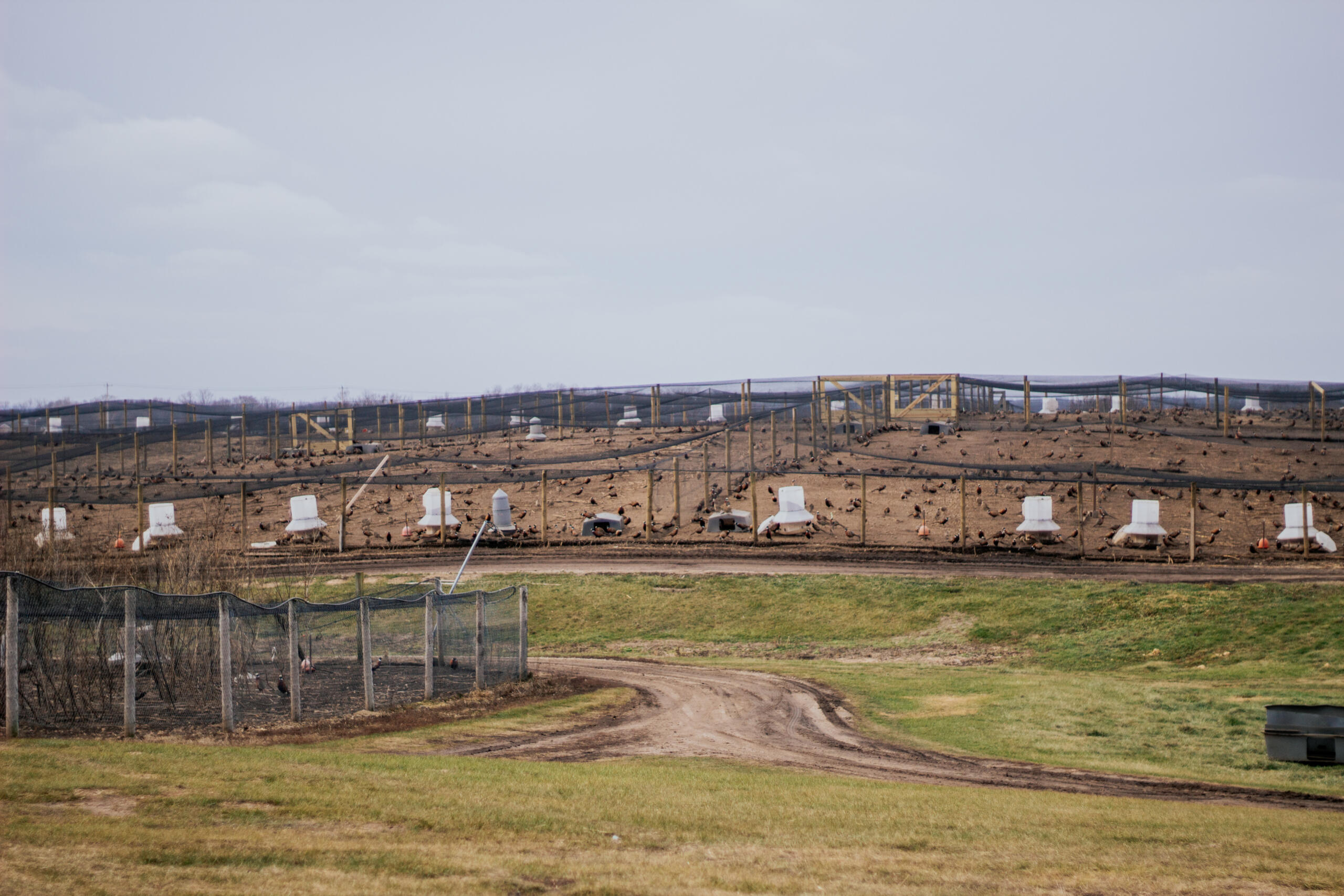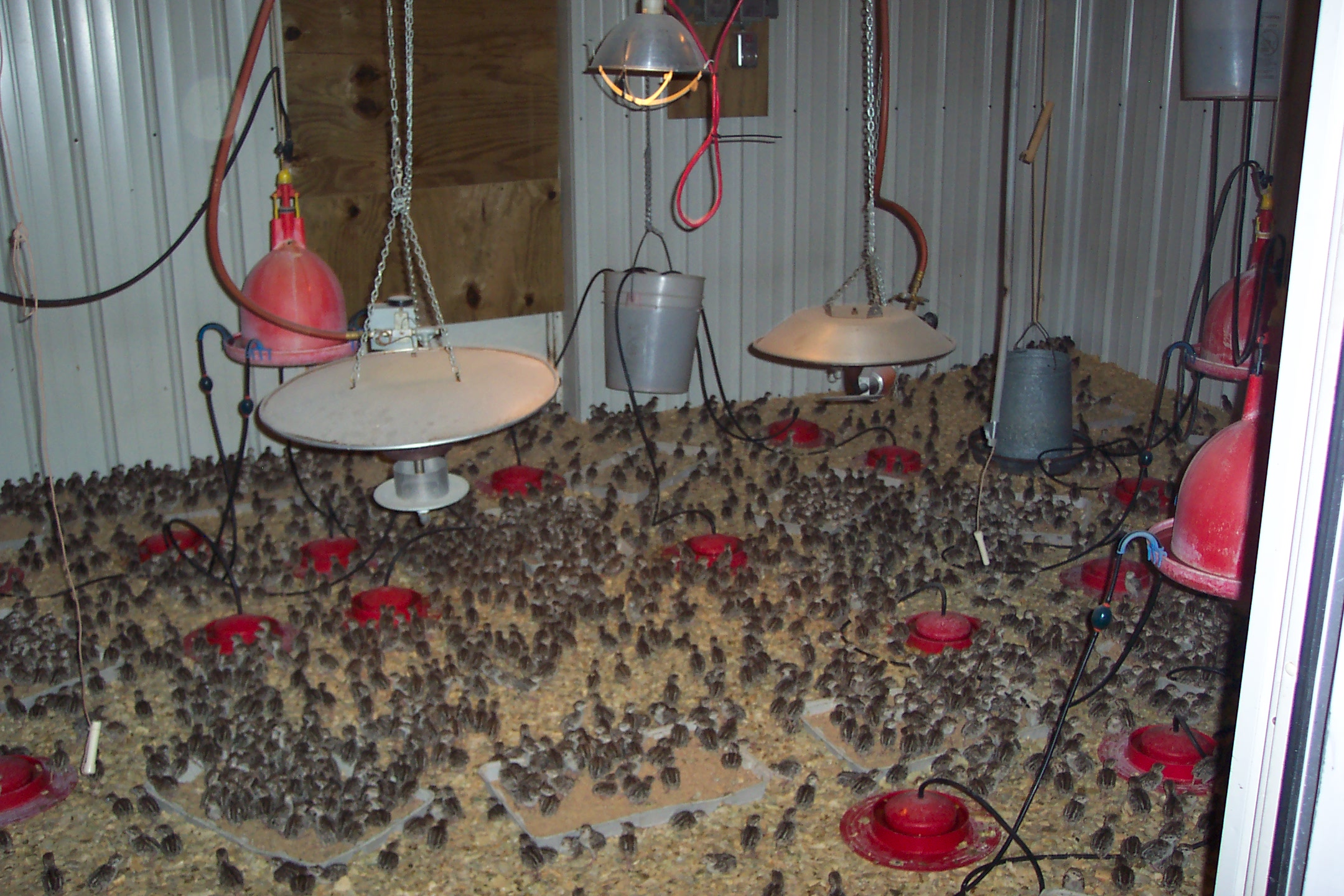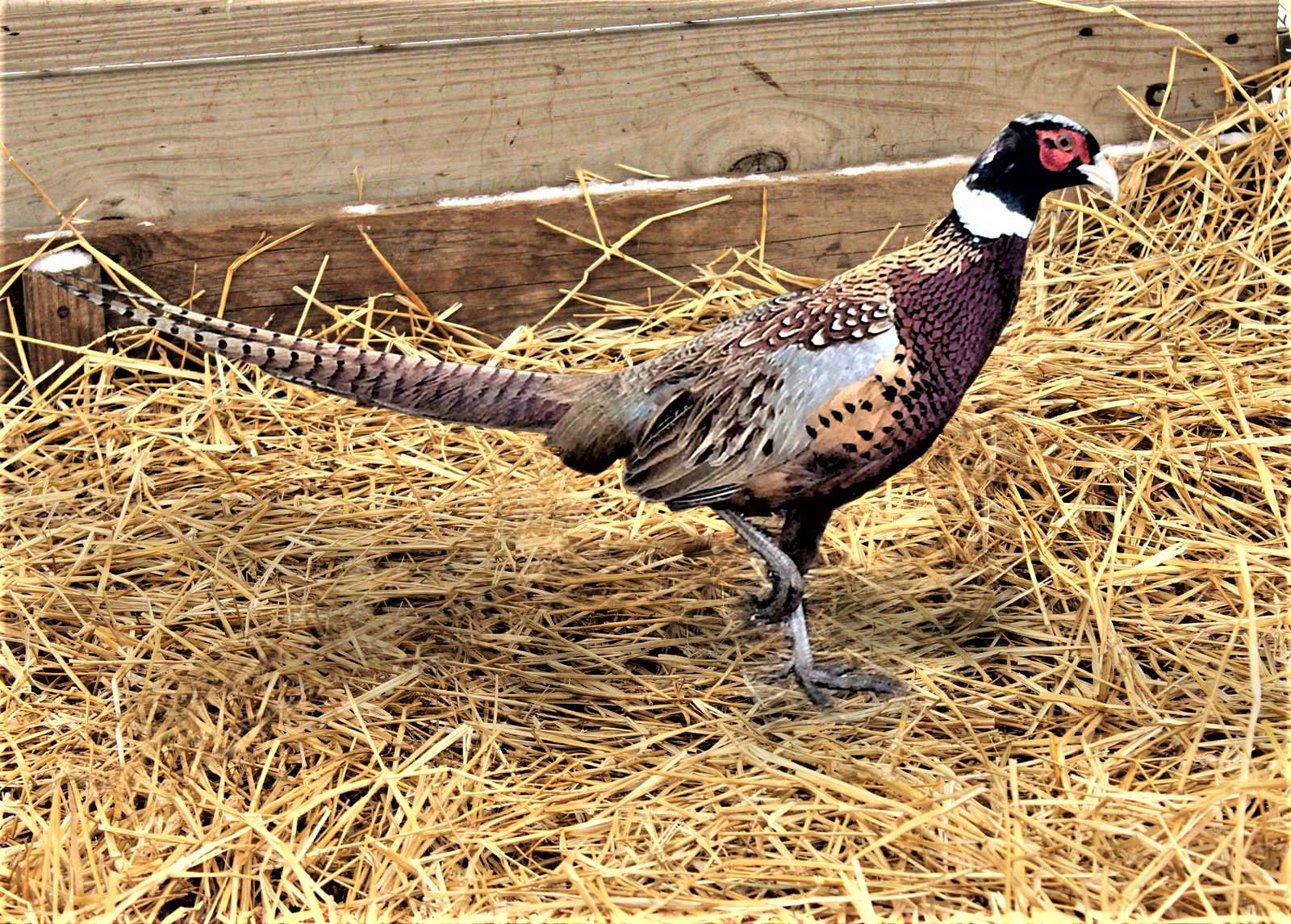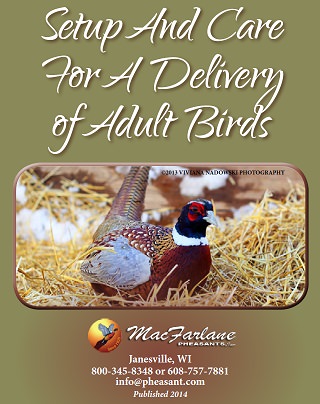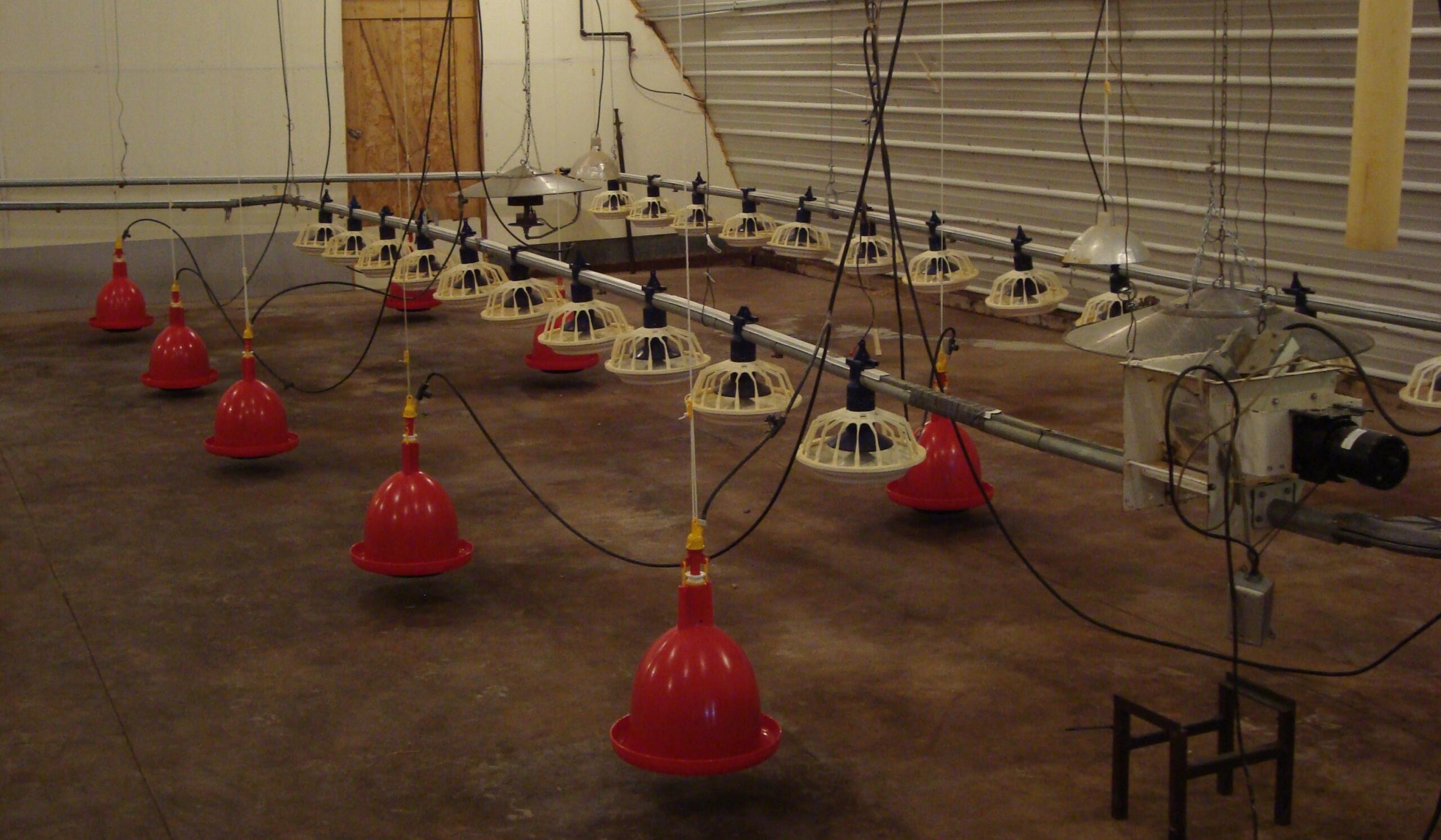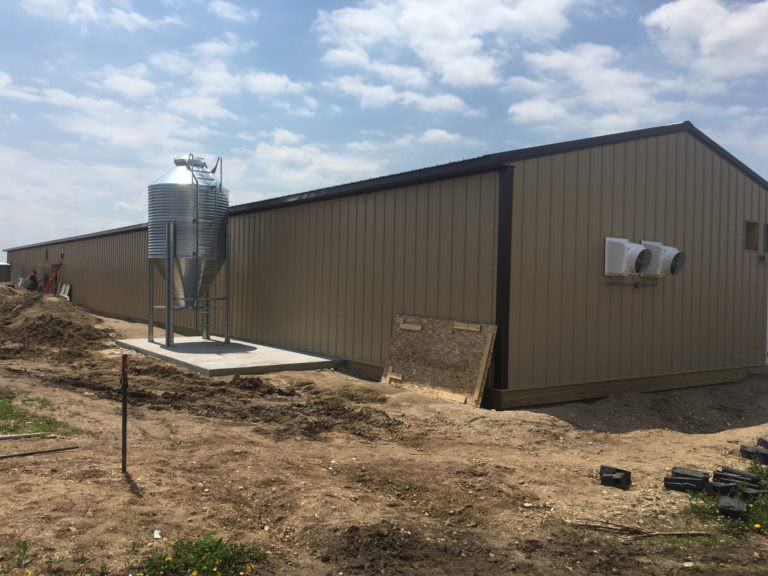Steps to Raising Hungarian Partridges—It’s Worth the Challenge!
 The Hungarian partridge is also known as a gray partridge, an English partridge, or simply called a “Hun”. The Hun is a small bird with a short neck and tail and tends to be a little skittish, but quite beautiful. The juvenile Huns are pale brown with some darker streaks. As the birds mature, they develop a dark reddish patch on the belly, a brown back, and a chest with chestnut coloring on the flanks, and a reddish coloring on the face and throat.
The Hungarian partridge is also known as a gray partridge, an English partridge, or simply called a “Hun”. The Hun is a small bird with a short neck and tail and tends to be a little skittish, but quite beautiful. The juvenile Huns are pale brown with some darker streaks. As the birds mature, they develop a dark reddish patch on the belly, a brown back, and a chest with chestnut coloring on the flanks, and a reddish coloring on the face and throat.
Huns require lots of attention and detailed care because of their small size. A baby chick is only about the size of a quarter! While MacFarlane Pheasants is not currently raising Hungarian Partridges, we previously did and want to share our rearing process with you.
Read on to learn about the rearing process:
Days 1 to 18
- We placed new chicks on 28 tables (250-300 chicks per table) in our table room in the center of the barn. These tables are covered with wire mesh and plastic siding. We had an electric brooder over each table. We also placed paper towel over the wire mesh because their tiny feet can fall through if we don’t take this extra precaution.
- On day 3 we placed 4-5 small feeders per table and 3-4 mason jar waterers. Each table’s feeders were either orange or red. The feed was ground very fine, almost like powder. Feed was kept very fine for the first 12 days of life because it is critical to the viability of the chicks.
- We began a transition on day 3 by adding a 1 gallon waterer and removing one mason jar. The chicks grow rapidly; by day two they have doubled in size.
- On day 4 we removed a divider that is on the table and add a feed trough. We also now added another gallon drinker and remove another mason jar drinker.
- Day 7 the chicks moved to the A room. We moved chicks off the tables and onto the floor in the A room. At this stage, they are big enough to jump off the tables!
- Drinkers were switched out every morning and topped off with water in the afternoon and during the night check.
- We brought 15 feeders from the tables and make sure the red and orange feeders go with the same group of chicks so they are not stressed by the change.
- We also placed 5 feed troughs per section and place a medium feeder under the brooder light. We use 5-gallon waterers and 8 mini waterers. This year we tried nipple lines, using about 40-50 cups per section; they did so well that we are hoping to use them instead of mini drinkers in the future. Four mini drinkers come off one plasson with a rubber hose and a primer bulb.
- On day 10 and 11, we removed 1-gallon waterer per section and about 5 small feeders per section, as they empty.
- By day 12, we removed another gallon waterer per section, remove 5 small feeders per section, and add 1 medium feeder per section.
- Feed was made slightly courser from days 12 to 18.
- We removed one gallon waterer and add 1 medium feeder on day 13.
- We removed the last gallon waterer, lower one plasson bell waterer per section that does not have the minis attached, and add 1 medium feeder on day 14.
- On days 15 and 16, we began removing 1 section of 4 minis per day, lower another plasson bell waterer, and add 1 medium feeder.
- All plasson bell waterers are lowered and we now have 5 to 6 medium feeders and all gallon waterers. Then the dividers are removed on day 17.
- On day 18, feed is no longer ground, and Huns eat a fine crumbled feed.
At 4 weeks of age the Huns were moved to the B room. We brought 10-12 medium feeders and stagger them near the large feeders. Don’t change anything after the move for 3 days, and then we start to remove 3-5 medium feeders. We moved the Huns outside at about 6 weeks. Huns are mature at 20 weeks.
The challenges to raising the Hungarian partridges are related to feeding, watering, and transitioning. Even though everything else might appear to be perfect. These tiny birds can also drown in the small lip of a waterer, so be very careful about the system used. Transitioning the birds from room to room the our biggest challenge because it causes a high level of stress. It is extremely important to have a strong eye on any gaps or cracks in the room where the birds are moving. If they become stressed, the birds will squeeze into the gaps. Temperature control is also important because the chicks will pile up if it is too cold and smother each other.
Related Posts
Preparing Our Barns & Pens Each Spring
Read Post
How We Prepare For Brooding Our Chicks
Read Post
Our Milton Farm in 2024!
Read Post
10 Steps to Prepare for a Delivery of Mature Game Birds
Read Post
10 Ways To Get the Most Out Of Brooder Barns
Read Post
4 Steps to Keeping Pheasants Healthy in Winter
Read Post
6 Feed and Water Procedures to Keep MacFarlane Pheasants Healthy
Read Post
Air Flow in Barns
Read Post
Take Advantage of These Free Resources
As the biggest game bird farm in the United States, we want to share our experience with you. Download our free resources below and get started.




